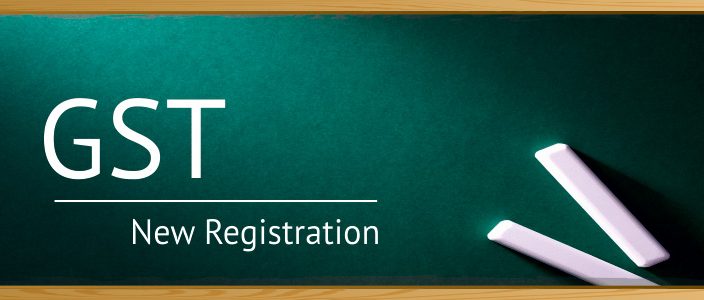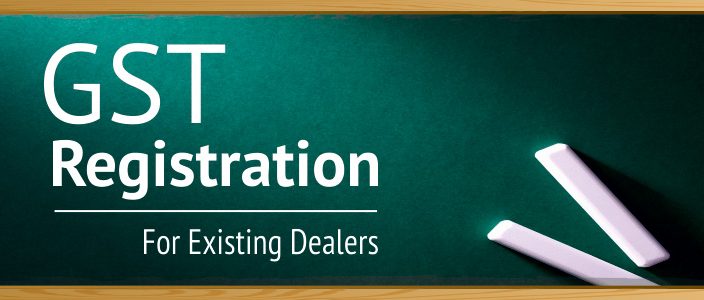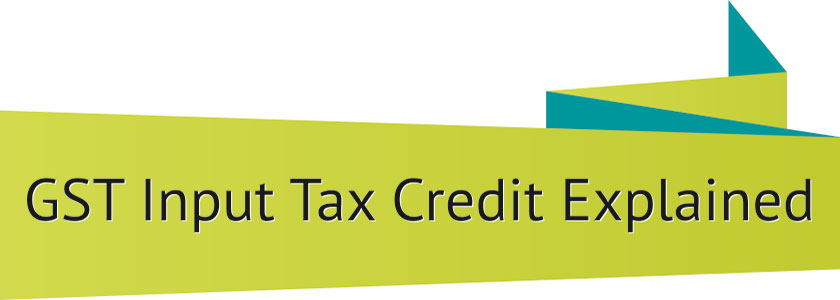In this post, we will understand the registration process for new business registrations.
Liability for Registration in GST
| Region | Aggregate Turnover | |
| Liability to Register | Liability for Payment of Tax | |
| North East India | Rs 9 Lakhs | Rs 10 Lakhs |
| Rest of India | Rs 19 Lakhs | Rs 20 Lakhs |
If you are a regular dealer or a composite tax payer, you need to do the following:
- Fill Part-A of Form GST REG-01. Provide your PAN, mobile number, and E-mail ID, and submit the form.
- The PAN is verified on the GST Portal. Mobile number, and E-mail ID are verified with a one-time password (OTP).
- You will receive an application reference number on your mobile and via E-mail.
- Fill Part- B of Form GST REG-01 and specify the application reference number you received. Attach other required documents and submit the form.  Following is the list of documents to be uploaded –
- Photographs: Photographs of proprietor, partners, managing trustee, committee etc. and authorized signatory
- Constitution of taxpayer : Partnership deed, registration certificate or other proof of constitution
- Proof of principal / additional place of business :
- For own premises – Any document in support of the ownership of the premises like latest property tax receipt or Municipal Khata copy or copy of electricity bill.
- For rented or leased premises – copy of rent / lease agreement along with owner’s (landlord) documents like latest property tax receipt or Municipal Khata copy or copy of electricity bill.
- Bank account related proof : Scanned copy of the first page of bank pass book or bank statement
- Authorization forms: For each authorized signatory, upload authorization copy or a copy of resolution of managing committee or board of directors in the prescribed format.
- If additional information is required, Form GST REG-03 will be issued to you. You need to respond in Form GST REG-04 with required information within 7 working days from the date of receipt of Form GST REG-03.
- If you have provided all required information via Form GST REG-01 or Form GST REG-04, a certificate of registration in Form GST REG-06 will be issued within 3 days from date of receipt of Form GST REG-01 or Form GST REG-04.
- If the details submitted are not satisfactory, the registration application is rejected using Form GST REG-05.

Registration Forms for Other Stake Holders
| Form No. | Form Type |
| Form GST REG-07 | Application for Registration as Tax Deductor or Tax Collector at Source |
| Form GST REG-08 | Order of Cancellation of Application for Registration as Tax Deductor or Tax Collector at Source |
| Form GST REG-09 | Application for Allotment of Unique ID to UN Bodies/Embassies |
| Form GST REG-10 | Application for Registration for Non Resident Taxable Person |






